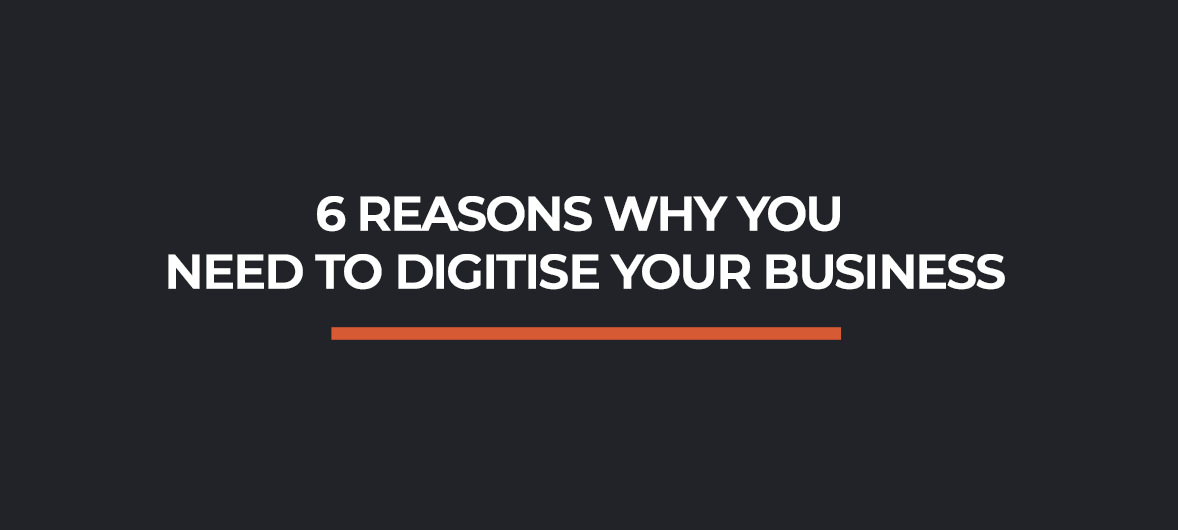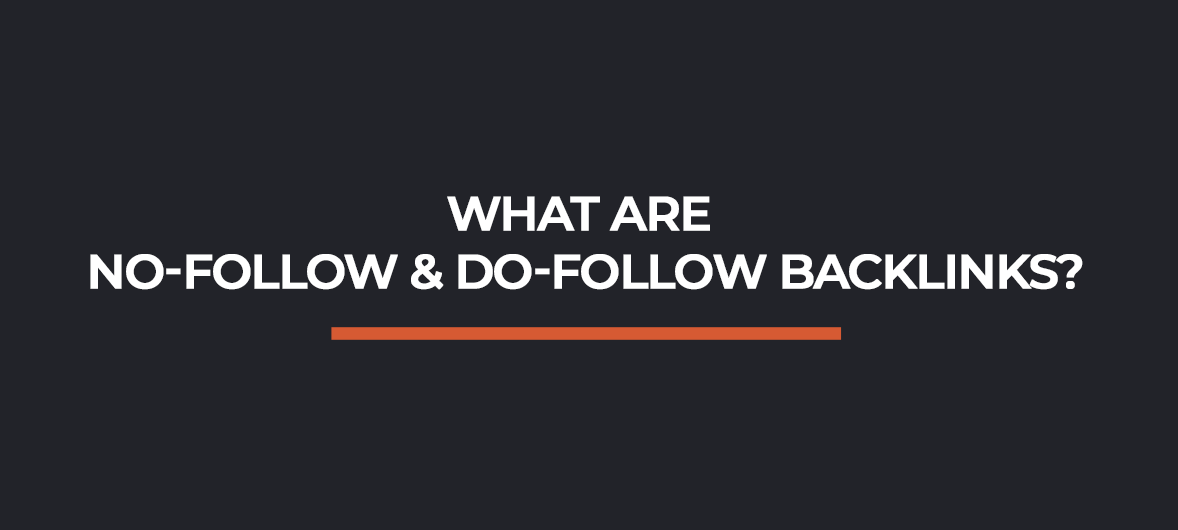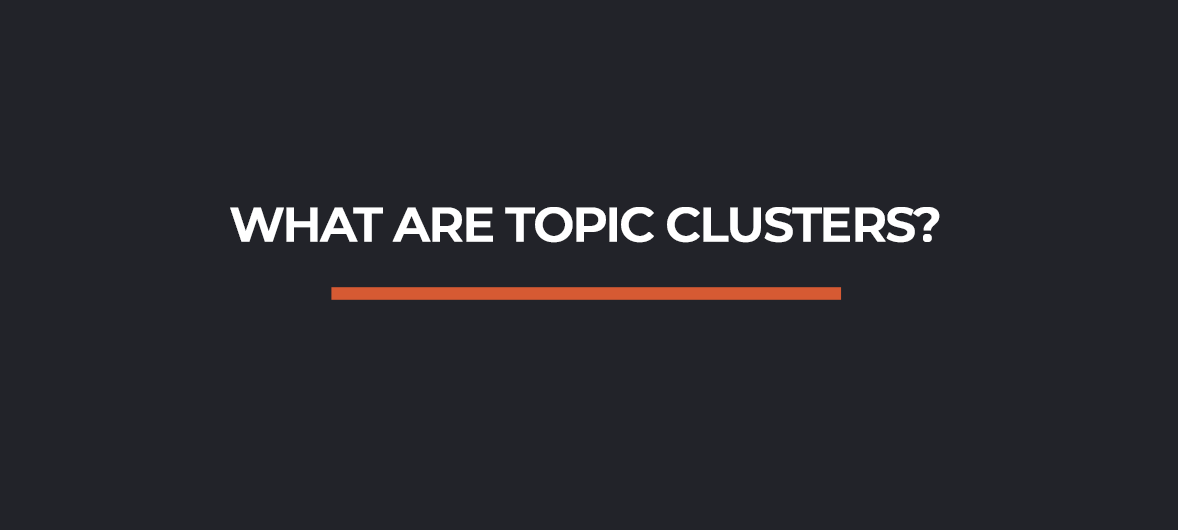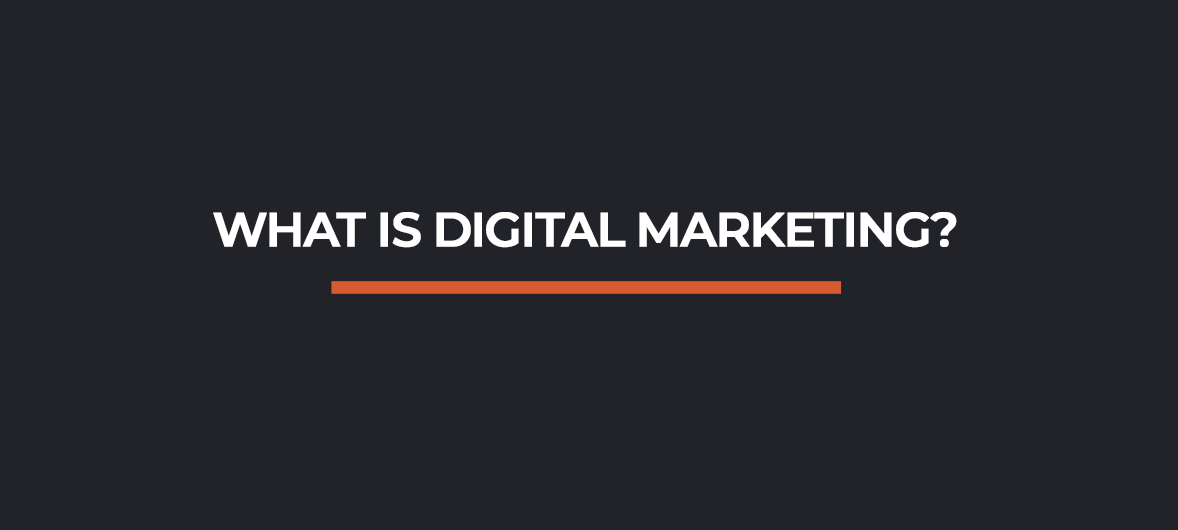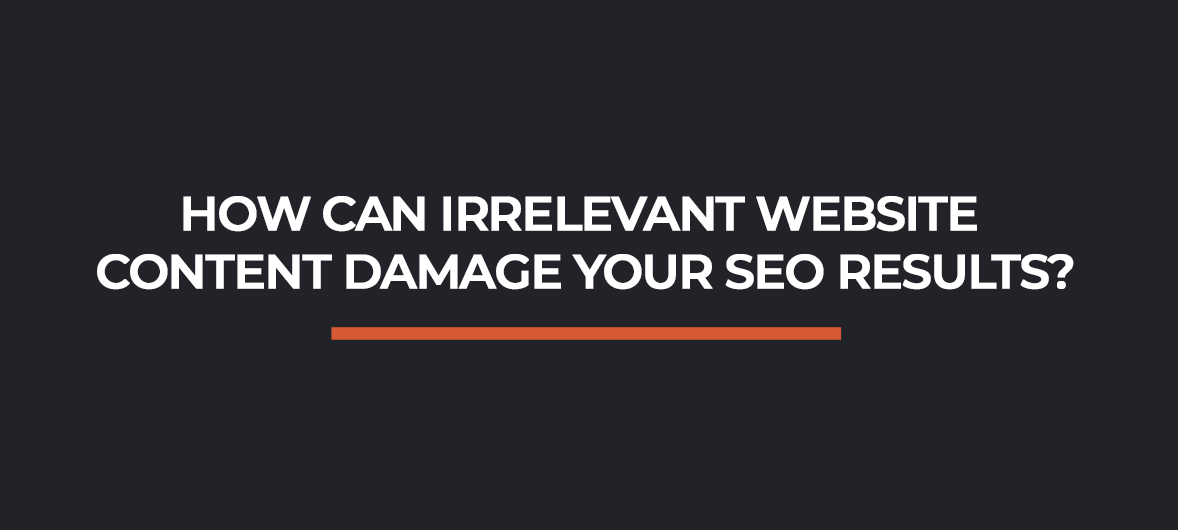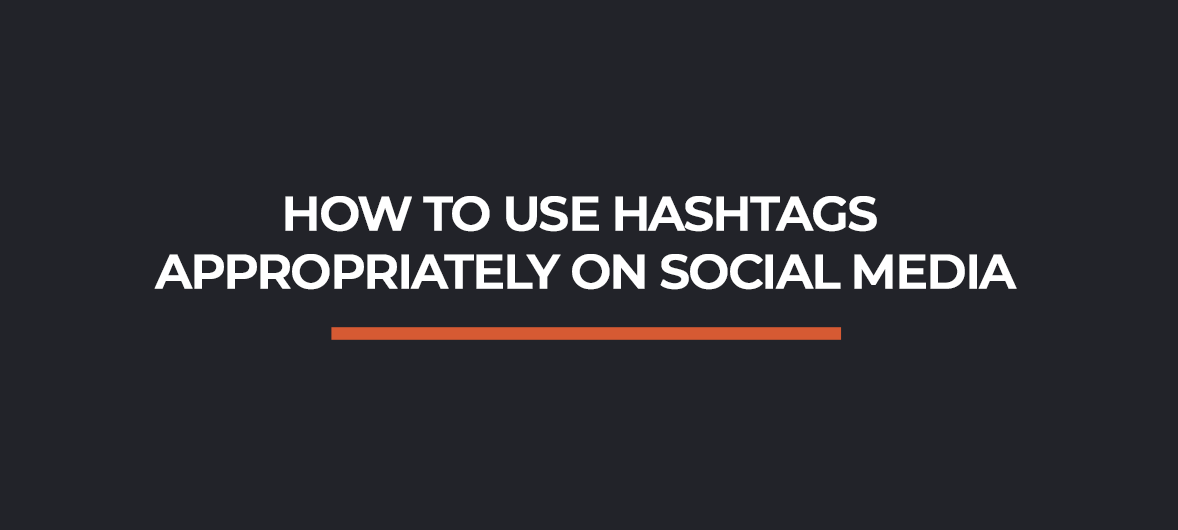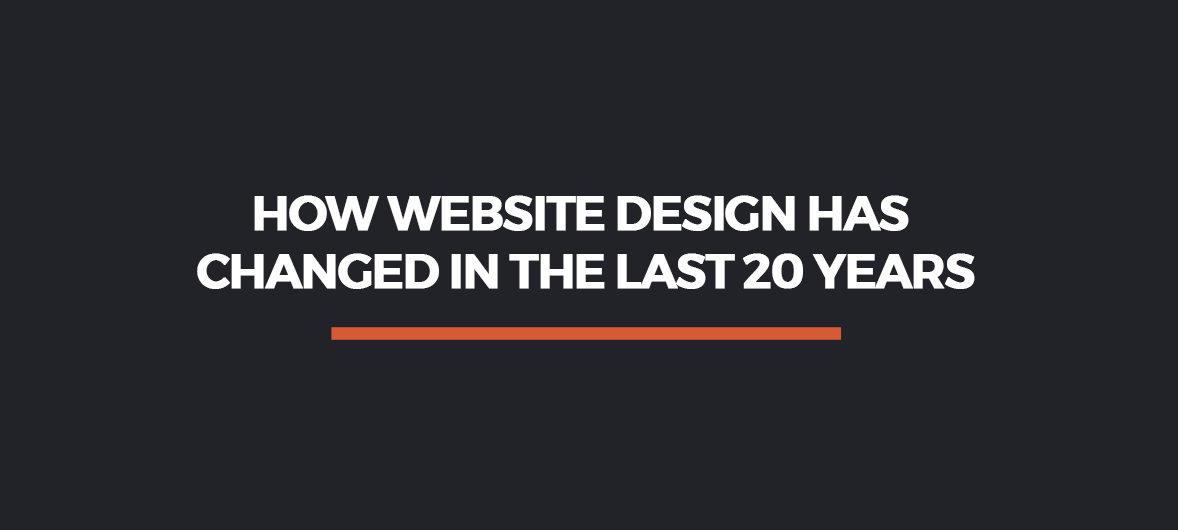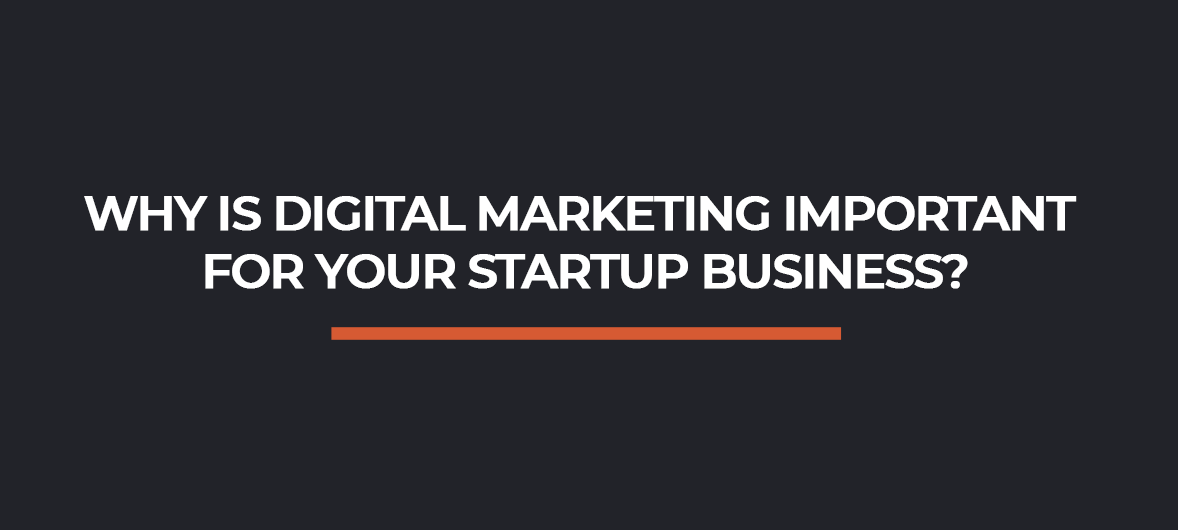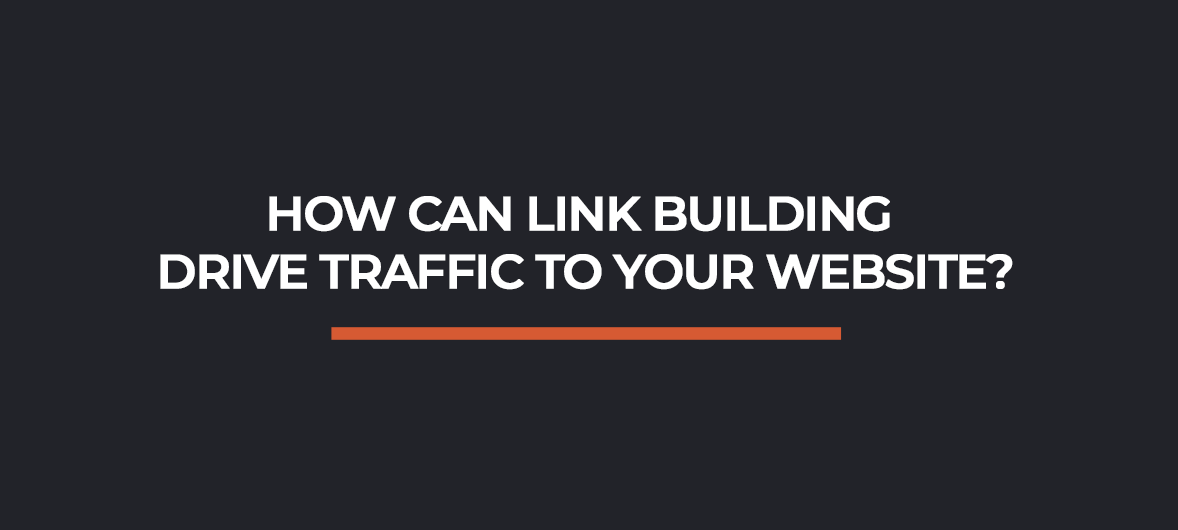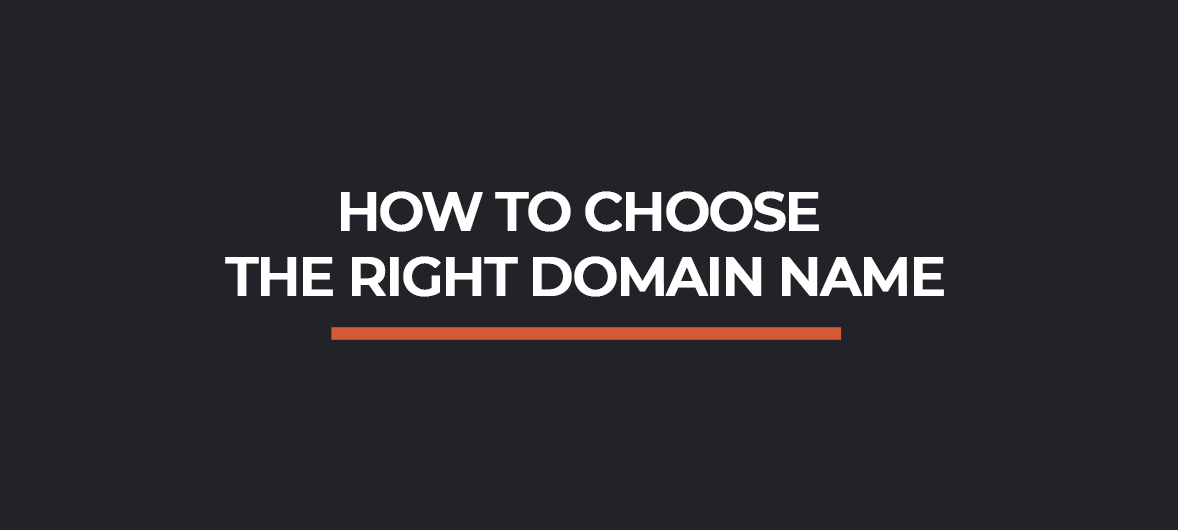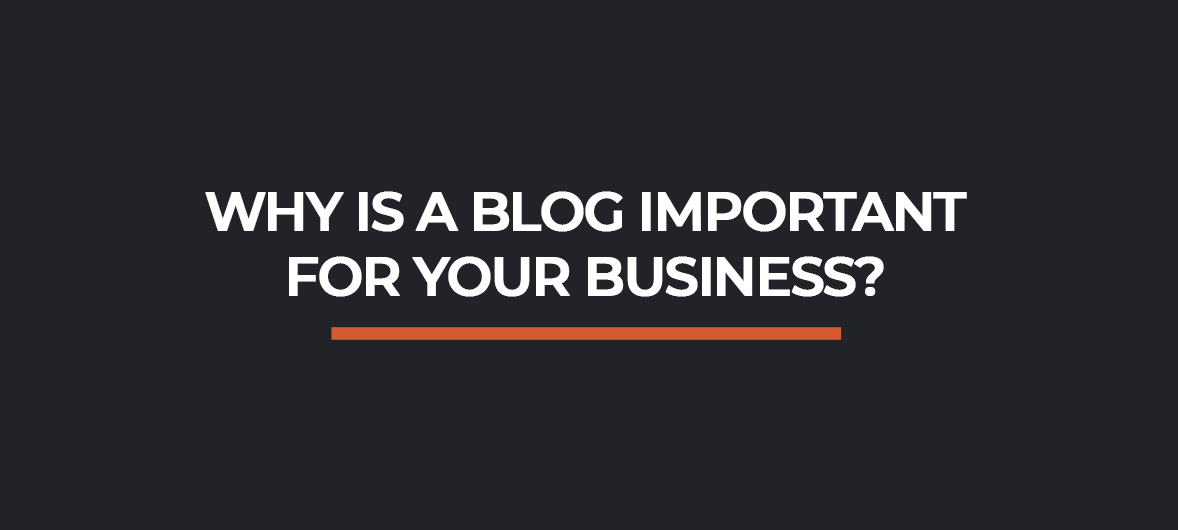What is a no-follow backlink?
Introduced in 2005 by Google, Yahoo and MSN, a no-follow backlink doesn’t give any authority to the website it is backlinking to, this because it doesn’t play any part in the role of SEO. In order to make a no-follow link, a rel=”nofollow” code needs to be added when linking back to a website.
A no-follow link will also contain this attribute in its HTML code and this is because it needs to tell the search engines not to pass any authority onto the destination page, as already discussed. From an SEO perspective, no-follow links hold little-to-no value, but it can help to fight spam as well as give people the power to devalue specific links.

When should I use a no-follow backlink?
- Sponsored links
- Affiliate links
- User-generated content
Are no-follow links bad?
What is a do-follow backlink?

How can I tell if a link is do-follow?
Andy Morley is a dedicated digital marketing specialist with a wealth of knowledge and experience in the industry. In addition to website design and generation, Andy can also provide exceptional SEO and PPC services as well as bespoke content creation for your business, setting you apart from your competitors. For more information about how I can help you today, get in touch with me at a time to suit you.
